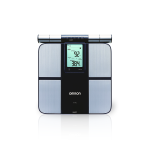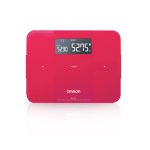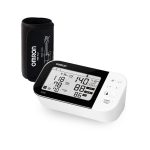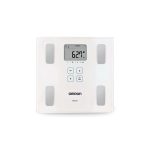How Low is Too Low? Understanding Hypotension and Its Risks
April 7, 2025 2025-04-07 13:14How Low is Too Low? Understanding Hypotension and Its Risks
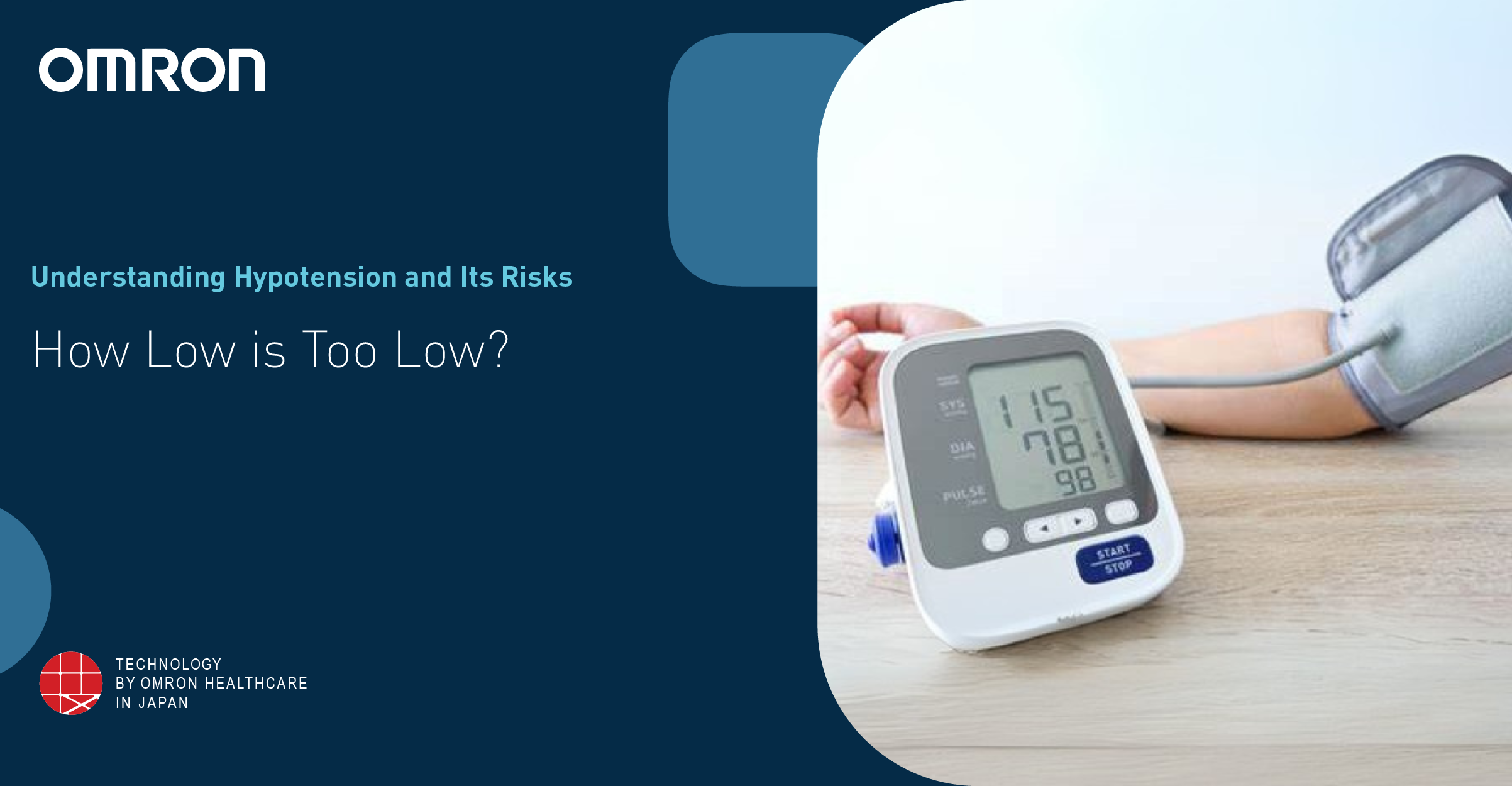
How Low is Too Low? Understanding Hypotension and Its Risks
Blood pressure plays a vital role in maintaining overall health, and while high blood pressure gets much attention, low blood pressure (hypotension) can also lead to serious health concerns. Regular monitoring with a digital blood pressure machine helps in identifying abnormal fluctuations and ensuring timely medical intervention. In this blog, we will explore hypotension, its risks, symptoms, causes, and how to manage it effectively.
What is Hypotension?
Normal blood pressure is typically 120/80 mmHg. A slight variation is acceptable, but readings consistently above 120/80 mmHg may indicate elevated blood pressure or hypertension. The elevated blood pressure is in the range of 120-129/less than 80, while stage 1 hypertension is between 130-139/80-89, and stage 2 hypertension is 140 or higher/90 or higher. Consistent readings outside of the normal range may require medical attention. Hypotension refers to blood pressure readings lower than 90/60 mmHg. While some people naturally have low blood pressure without issues, for others, it can cause dizziness, fainting, and even life-threatening complications.
A digital blood pressure monitor is essential in tracking your blood pressure trends and determining if your readings fall within the low range.
Symptoms of Hypotension
A sudden drop in blood pressure can deprive the brain and organs of adequate oxygen, leading to:
- Dizziness or lightheadedness
- Fainting (syncope)
- Blurred vision
- Nausea
- Fatigue
- Shock (in extreme cases)
Using a bp monitor machine regularly can help detect these fluctuations early and prevent severe complications.
Causes of Low Blood Pressure
Hypotension can be caused by various factors, including:
- Dehydration – Loss of fluids reduces blood volume, leading to lower blood pressure.
- Heart Conditions – Certain conditions like bradycardia (slow heart rate) or heart failure can cause low blood pressure.
- Endocrine Disorders – Hormonal imbalances, such as adrenal insufficiency, can impact blood pressure levels.
- Blood Loss – Excessive bleeding due to injury or internal conditions can lead to a dangerous drop in blood pressure.
- Infections (Septic Shock) – Severe infections can cause dangerously low blood pressure.
- Medications – Some drugs for heart disease, depression, or Parkinson’s disease can lower blood pressure.
- Nutritional Deficiencies – Lack of essential vitamins like B12 and folate can affect red blood cell production, leading to hypotension.
If you experience frequent symptoms, checking your blood pressure using the best BP monitor in India can help determine whether hypotension is a concern for you.
Types of Hypotension
- Orthostatic Hypotension
- A sudden drop in blood pressure when standing up from a sitting or lying position.
- It is common in older adults and people taking certain medications.
- Postprandial Hypotension
- Occurs after eating, as digestion redirects blood flow, leading to a temporary dip in blood pressure.
- Neurally Mediated Hypotension (NMH)
- This is caused by miscommunication between the brain and heart, leading to a sudden drop in blood pressure.
- Severe Hypotension (Shock)
- A medical emergency where blood pressure drops to dangerously low levels, preventing organs from receiving enough oxygen.
Monitoring with a bp measuring device can help track these variations and seek appropriate medical care when necessary.
When is Low Blood Pressure a Concern?
While some people naturally have low blood pressure without symptoms, hypotension becomes a problem when it causes: Frequent dizziness or fainting, Unexplained fatigue, Rapid, shallow breathing, Confusion or blurred vision, Cold, clammy skin.
If you notice these symptoms frequently, consulting a doctor and monitoring your readings with a bp reading machine is crucial.
How to Manage Hypotension
While treatment depends on the cause, the following lifestyle changes can help manage low blood pressure effectively:
- Increase Fluid Intake
Drink plenty of water to prevent dehydration, which can contribute to hypotension.
- Eat Small, Frequent Meals
Large meals can cause postprandial hypotension. Eating smaller, balanced meals helps maintain steady blood pressure levels.
- Stand Up Slowly
Prevent dizziness by moving gradually when transitioning from sitting or lying down. A common practice that can help hypotensive patients manage their condition is to incorporate ankle rotations and foot pumps for 30 seconds before standing up after sitting for long periods or lying down. This simple exercise helps improve circulation and can prevent postural hypotension.
- Wear Compression Stockings
These help prevent blood from pooling in the legs and improve circulation.
- Monitor Your Blood Pressure Regularly
A bp machine for home allows you to track your blood pressure trends and detect sudden drops before they become severe.
- Consult a Doctor for Medication Adjustments
If medications are causing hypotension, your doctor may adjust dosages or switch prescriptions to maintain optimal blood pressure.
Choosing the Best BP Monitor for Home Use
For accurate blood pressure monitoring, investing in the best BP monitor is essential. Consider the following features:
- Accuracy – Look for clinically validated models.
- Ease of Use – A digital blood pressure machine with a large display and one-touch operation is ideal.
- Memory Storage – Helps track previous readings to identify trends.
- Cuff Size – Ensures a proper fit for accurate readings.
- Smart Features – Some digital blood pressure monitors sync with health apps for better tracking.
Final Thoughts
Low blood pressure can be harmless for some but dangerous for others. Recognizing symptoms and understanding potential causes can help prevent complications. Regular monitoring with a bp monitor machine ensures early detection and effective management. If you experience symptoms frequently, consult a healthcare professional and track your blood pressure with a bp reading machine to maintain a healthy balance.
Taking proactive steps today can prevent long-term complications and keep your heart and body functioning optimally. Stay informed, stay healthy!

